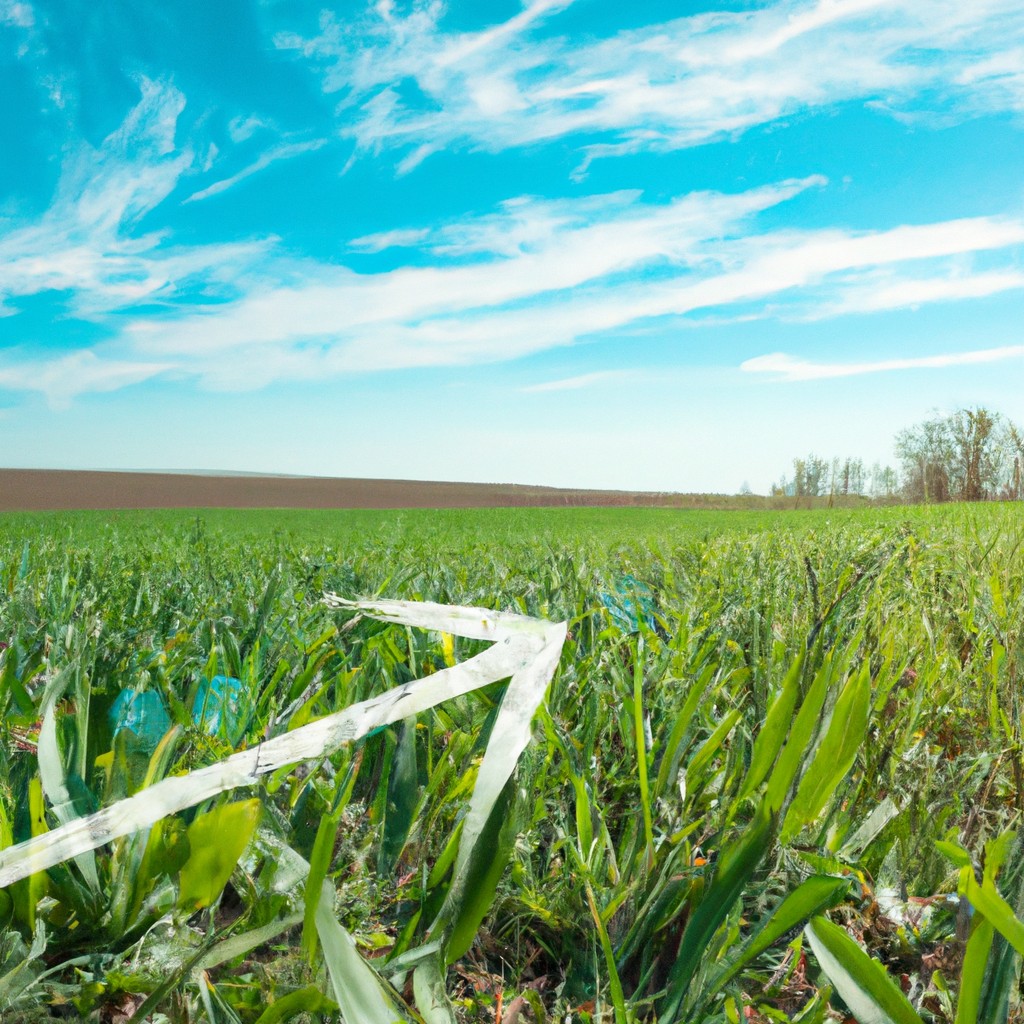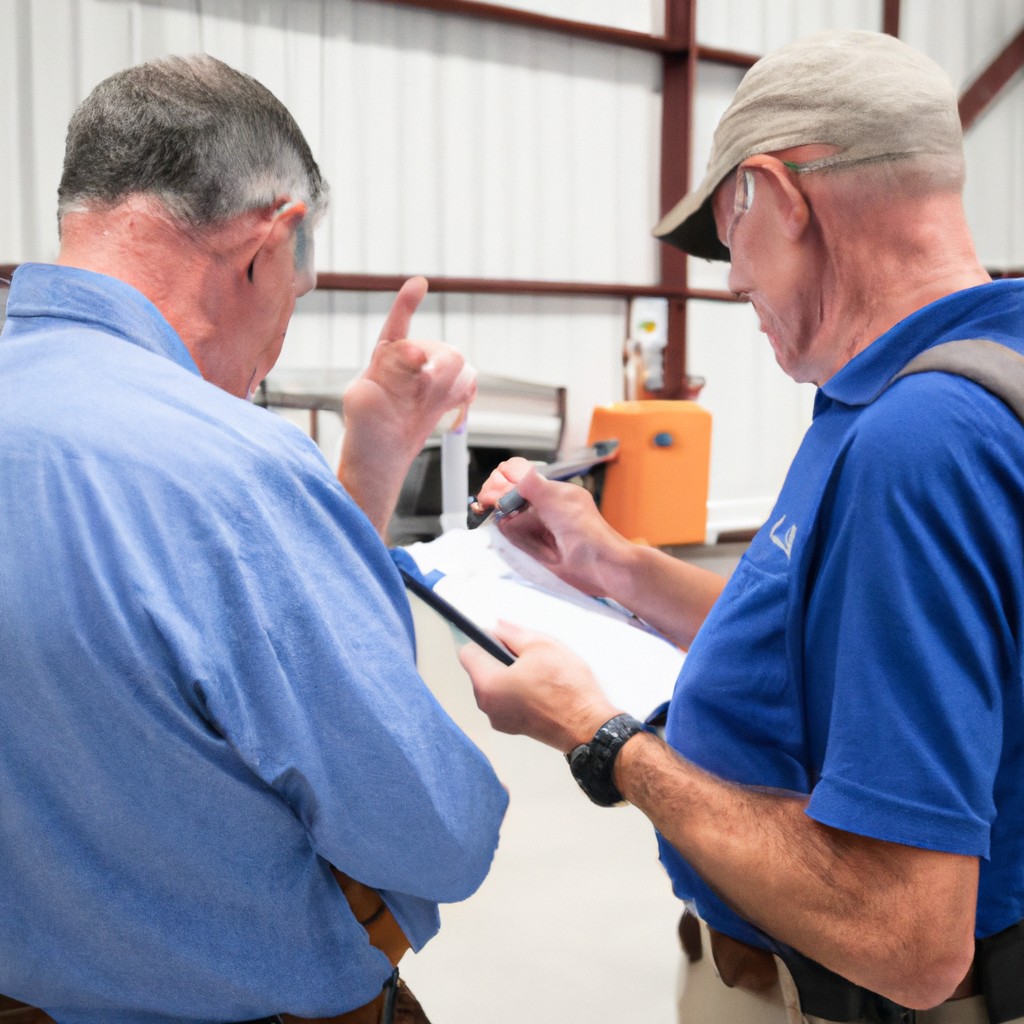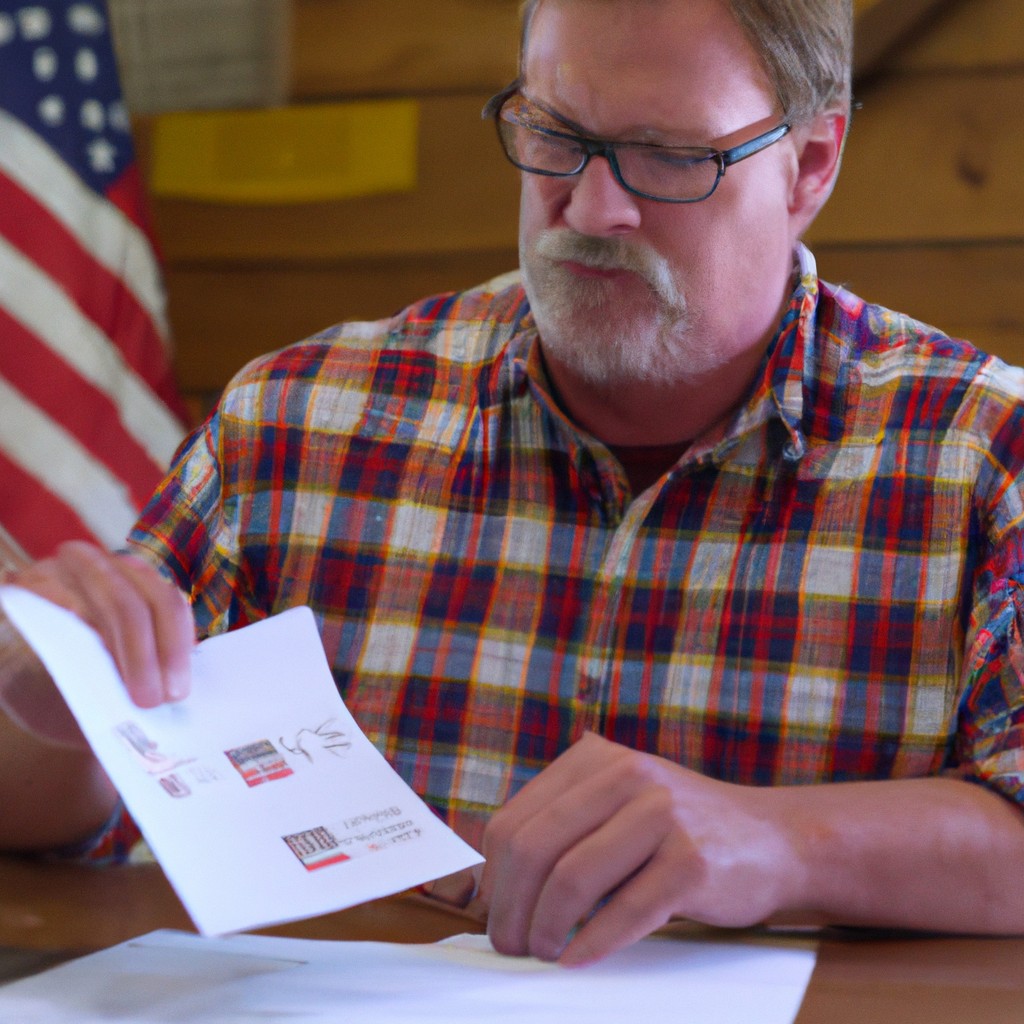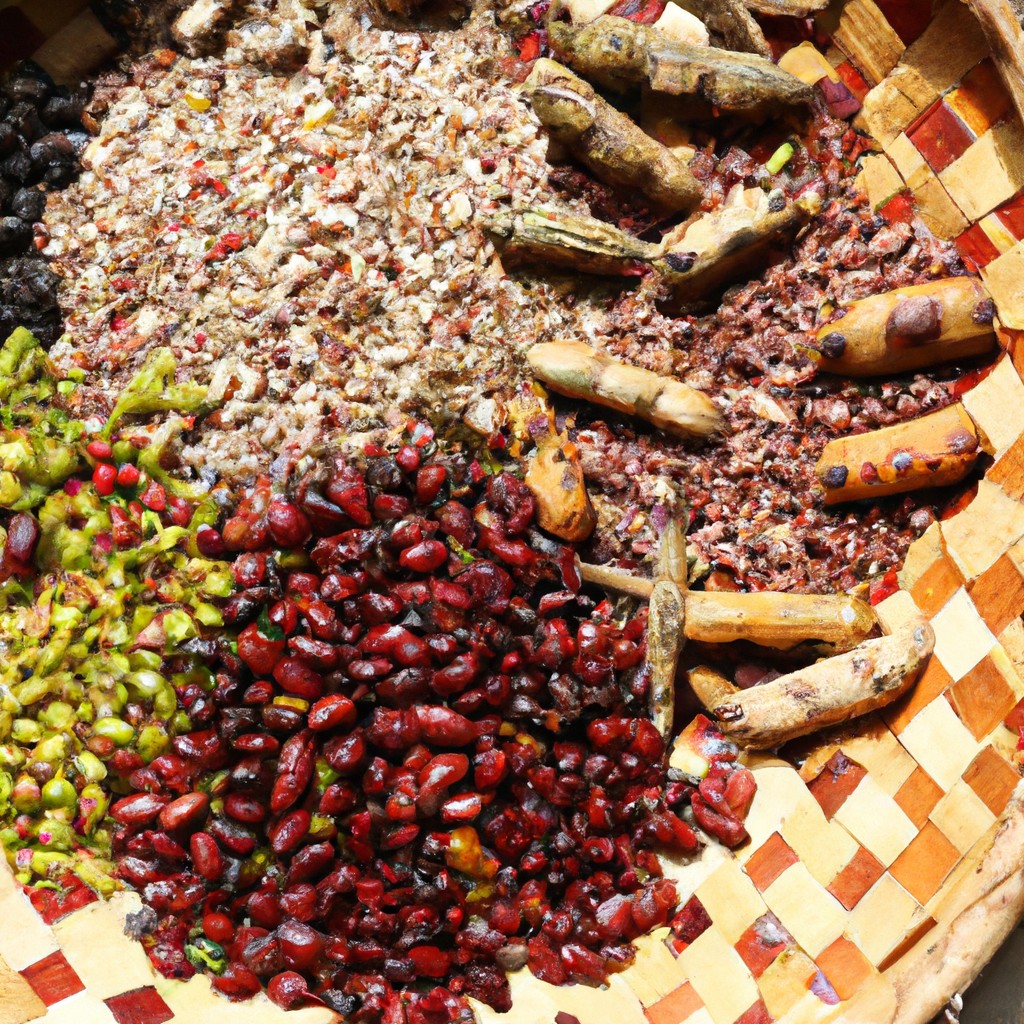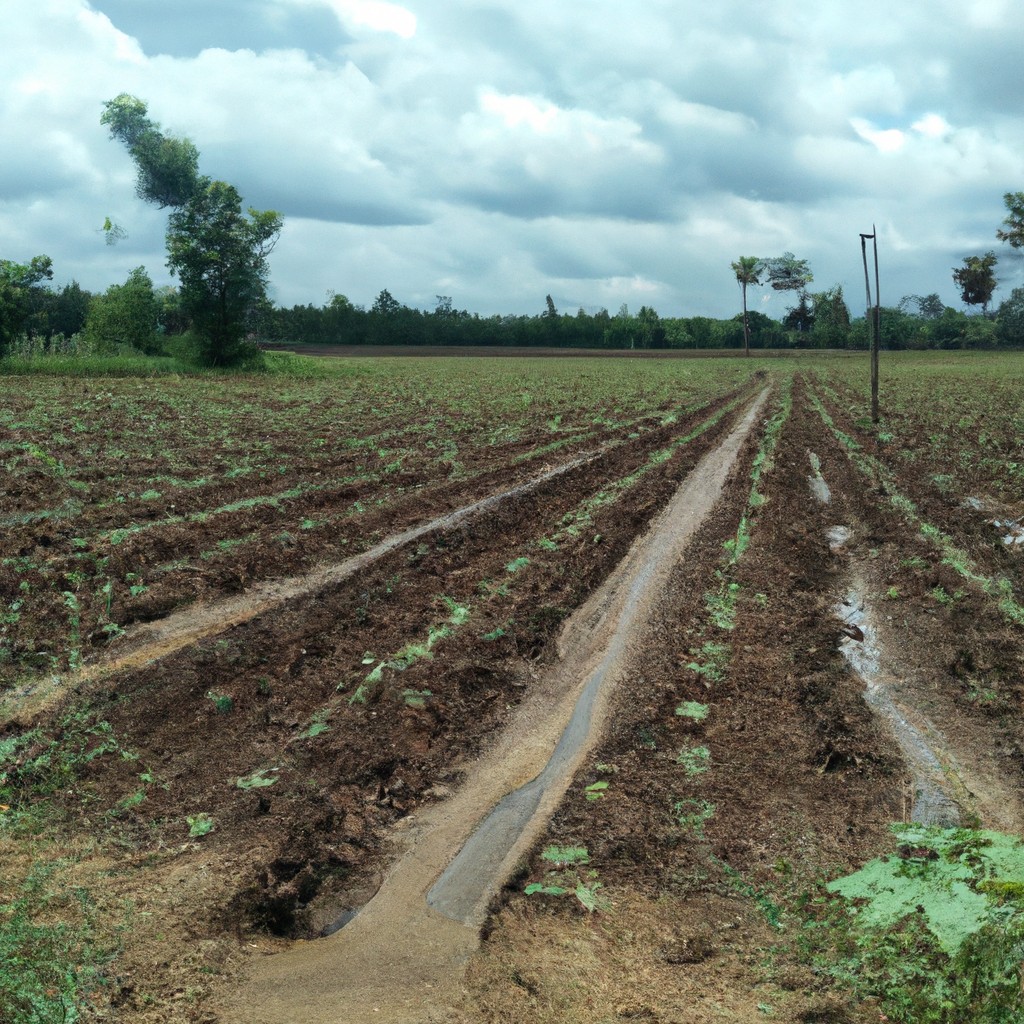Embark on a whirlwind journey through agriculture’s evolution, uncovering its transformative milestones from ancient hand-plowing to state-of-the-art vertical farms.
Look Inside:
Invention of Agriculture (10,000 BCE)
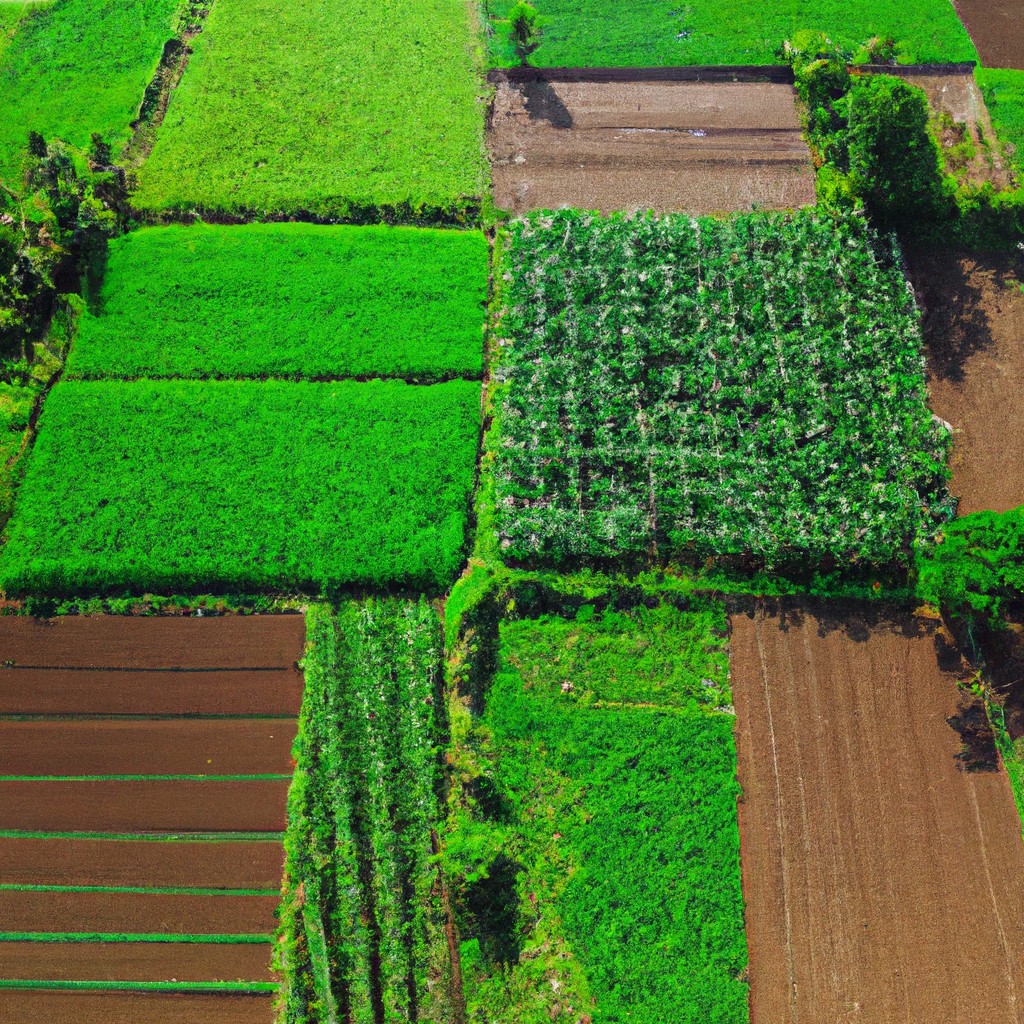
Picture this: humans sporting designer fig leaves, with zero grocery stores in sight. That’s right, they had to get creative, and farming was born.
- People began planting seeds on purpose, instead of accidentally dropping apple cores and hoping for the best.
- They realized staying put was less exhausting than running after mammoths, plus far fewer stampeding risks.
- The seeds of staple crops like wheat and barley were sown in regions like the Fertile Crescent because “Instagrammable” was already a thing for Neolithic farmers.
- Domesticated animals also entered the scene, trading wild antics for steady gigs as farmhands.
This baby step in horticultural hustle drastically changed the course of history. They didn’t have TikTok, but they knew how to cultivate a following.
Irrigation and Canal Networks (4000-3000 BCE)
Picture the ancient desert: a vast sandy wasteland. Now imagine transforming it into fertile farmland using nothing but brains and maybe a couple of pails! That’s exactly what happened.
Ancient civilizations created intricate networks to re-route water. The Mesopotamians thought, “Hey, let’s channel the rivers instead of just waving at them.” Voilà, canals were born.
- Water was redirected from rivers to thirsty crops. Efficient and downright clever, if you ask.
- Allowed the cultivation of larger areas, boosting crop yields and expanding empires. Goodbye caveman leftovers, hello fancy feasts.
- Did it spontaneously rain yesterday? No problem. Instead of ruining a good hair day, excess water was stored for dry spells.
These irrigation innovations laid the groundwork for modern agriculture. Quite literally, because without them, we’d still be staring at sand dunes.
British Agricultural Revolution (1700s-1800s)
Picture this: The British countryside in the 1700s, where land was more fragmented than Aunt Mildred’s old jigsaw puzzle. Enter the Enclosure Movement, piecing the land together, neatly fencing off fields and waving goodbye to common lands.
Crop rotation was revamped, too. No more single-crop monotony. Enter Charles “Turnip” Townshend, advocating the Norfolk four-course system. Crop diversity was all the rage, as wheat, turnips, barley, and clover waltzed around fields, reducing soil exhaustion without missing a beat.
Selective breeding was the secret sauce to supersized livestock. Imagine sheep so fluffy they’d make a cloud blush. Thanks to dedicated farmers choosing the best of the best, animal yields improved. This inspired Agriculture Week’s unofficial slogan: “Better Bred than Dead!”
So, in summary: more organized land, dance-worthy rotations, and animals with serious street cred. Britain’s agricultural scene was rocking, setting the stage for modern agriculture’s greatest hits.
Evolution of Equipment and Technology (1800s-1900s)
Ah, the 1800s—when the world realized farming shouldn’t look like a mud wrestling match. Enter the Industrial Revolution, stage left.
The plow: No longer just a humble stick dragging through dirt. Iron and steel came to play, and they mean business. Fields never stood a chance.
Mechanical reapers: Born to stop that backbreaking wheat-hacking lifestyle. Like a hungry Hippo game turned up a notch, they sped up harvest like never before.
Tractors: Horses made great farm pals but, let’s face it, they’re lager-luging kings. Tractors arrived to save the day, huffing away at heavy loads without demanding oats or scratches behind the ears.
With machinery chugging along, farms jolted into a new era, waving goodbye to tired farmhands. A round of applause for science and engineering!
Sustainable Agriculture (1900s-present)
Imagine farming that doesn’t bulldoze nature but has coffee with it. That’s sustainable agriculture. It’s where farmers look after soil like it’s their favorite pet. Treating land like it’s Cinderella at the ball, they focus on keeping things around for the long haul.
Crops rotate like they’re practicing for a dance marathon. Instead of evicting bugs with chemicals, it orchestrates a bug bash using natural predators. Think bugs on a spy mission—James Bond style.
And those cover crops? They’re like the cozy blankets for the soil during its snooze season. We’re talking legumes, clover – the whole gang. Organic farming teams up to cut back on synthetic fertilizers.
Livestock joins the green party too, grazing serenely, helping in reducing the carbon hoofprint. Agroforestry comes in with trees throwing shade and high fives to neighboring crops. Everyone’s invited to the photosynthesis party!
Mixing modern tech with old-school wisdom, sustainable agriculture is the cool kid aiming for eco-friendly swag. It’s farming putting on its sustainable thinking cap and asking, “How can we keep this planet fabulous?”
